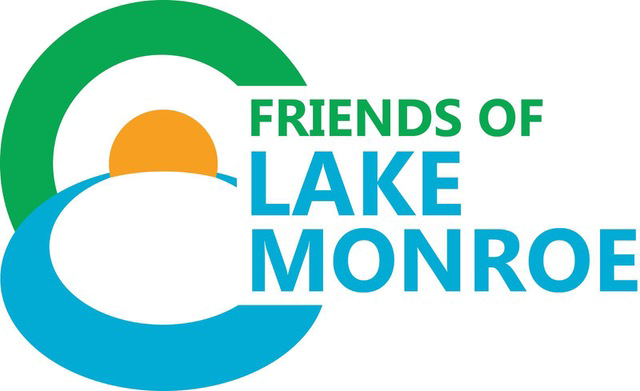Mark It with an “X”
Remnants of breakaway private and public dock floats dot the shores and banks of Lake Monroe. These unclaimed plastic orphans constitute both an eyesore and a hazard to our lake. In recent years the number of these unnatural intrusions have multiplied. It is not surprising to find numerous floats on short stretches of shoreline. Intense storms break these floats away from ramps and walkways to become near-eternal trash, unless collected. Two Herons Marina and Todd’s Marina captured as many as 40 floats drifting in the lake waters after the storms. Those untouched by damage can be re-used.
If the floats are damaged, the inner block core of polystyrene foam (Styrofoam) is exposed to sunshine and water. Styrofoam is made from petroleum products. Fungi and bacteria cannot grow on it; it is not biodegradable. Exposure to sun and water causes it to decompose, littering the lake water with small pieces. Animals often mistake these pieces for food, causing harm or death due to choking, starvation, or chemical buildup in their digestive system. It’s not uncommon to come across old Styrofoam bait boxes and coolers on Shoreline Cleanups. They often crumble into much smaller pieces when trying to dispose of them.
Bet and Rudy Savich spent hours tugging one of these water-logged Styrofoam floats up to the shore and onto the land near Pine Grove Marina in 2018. They lived just up the street in their log cabin which bordered the lake. After retiring, one of their missions was to clean up lake debris. This floating pollutant caught their attention. They hauled the float from the water to the side of the road leading to Pine Grove Boat launch. Unfortunately, after reporting their good work to the authorities, no action was ever taken to remove the dock, so it continues to decompose on land.
Chris Lubienski, homeowner in the Rush Ridge community, emailed the Friends of Lake Monroe early this year, asking if Friends of Lake Monroe could do something about these beached floats. Mary Madore responded to Chris, and planning began to dispose of them. Mary reached out to both the Army Corps of Engineers and the DNR for advice and help. Jim Roach, Property Manager of Monroe Lake and Jill Vance, Monroe Lake’s Interpretive Naturalist, both proposed that DNR employees would dispose of these floats if the Friends of Lake Monroe’s volunteer workers could deliver them to a place the DNR could get their heavy equipment into, to load and carry the docks away. These water-laden docks can weigh as much as 500 pounds. The week before the planned cleanup, FLM Board members Jim Krause and Keith Bobay, took a reconnaissance mission to locate and pin coordinates of stranded floats.
On May 2, the volunteer team voyaged out of Two Herons Marina, rounded the Amy Weingartner Branigan Peninsula and headed north. On the backside of the peninsula, the first dock was retrieved. One of our unexpected volunteers, Krin Gallagher showed up with the right tools that enabled us to do what would’ve been difficult otherwise. He came equipped with neoprene waders, water-proof gloves, a come-along, 3 pieces of 4 ft PVC pipe, a pry bar, and rope. Krin’s father, Tom Gallagher, had suggested that we steal the Egyptian’s idea of using pry bars to hoist the heavy dock up on the pieces of pipe, using the pipe as tires to roll the dock to the shoreline. This process worked, with Krin using the come-along as leverage to pull the dock over the uneven land. Five docks were collected that day and unloaded next to the ramp at Cutright Marina.
The owners of Two Herons Marina, Tom and Phoebe Freeman, donated the work boat and drivers for both days on the lake. Nick Amos, the driver on the second day, recently graduated from the O’Neill School of Public and Environmental Affairs at Indiana University. He was instrumental in helping Two Herons become an Indiana Clean Marina member last October. Two Herons Marina is the seventh marina in Indiana to be designated as a Clean Marina, and the second on an inland lake. Helping to keep the lake clean is an important value to this couple.
The May 2nd mission represents the first important step in the cleanup of this enduring challenge. Friends of Lake Monroe is on the forefront of building a comprehensive plan for the management of this issue. For the moment, if you come across one of these docks, while boating or hiking, we ask that you mark it with a big X in neon orange paint for retrieval identification.
Thank you for your membership and participation in Friends of Lake Monroe. Together we work to keep our water swimmable, fishable, and drinkable. The work continues!



